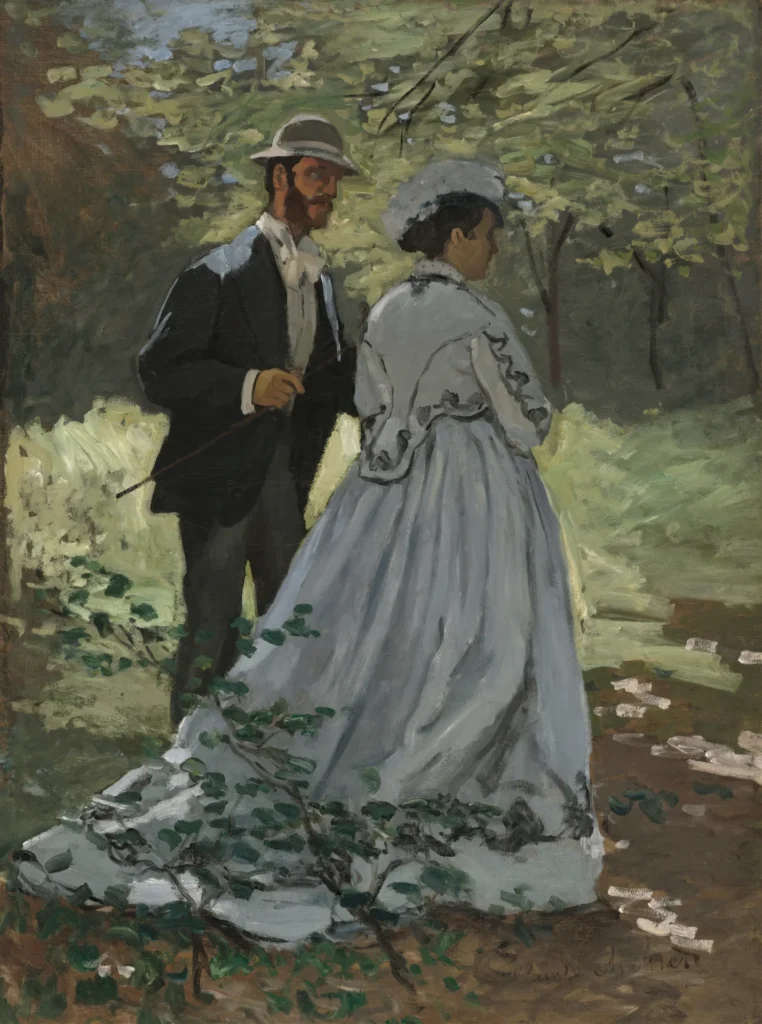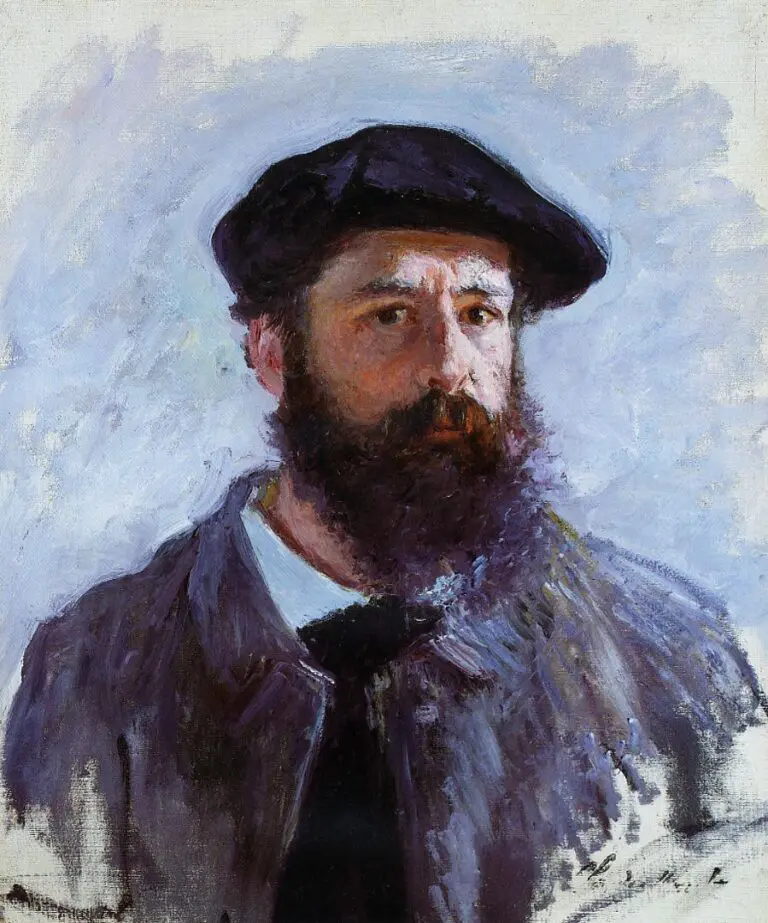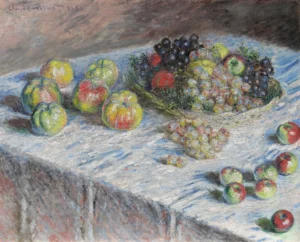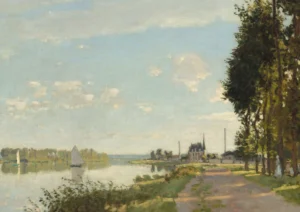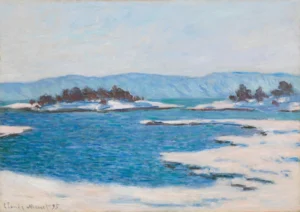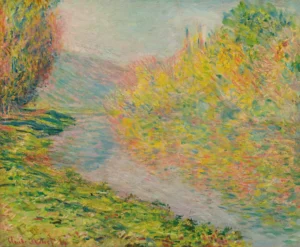Bazille and Camille (Study for Déjeuner sur l’Herbe ) (1865)
Created in 1865, Bazille and Camille is an oil on canvas painting by Claude Monet that measures 93 x 68.9 cm. This piece serves as a study for Monet's unfinished 'Déjeuner sur l'Herbe', featuring subjects Frédéric Bazille and Camille Doncieux, Monet's future wife. The work exemplifies the Impressionist movement, focusing on the play of natural light and shadow in a serene outdoor setting, contrasting with the conventional studio lighting of the era.
Year 1865
About the Artwork
The painting Bazille and Camille serves as a remarkable study for Monet's larger work 'Déjeuner sur l'Herbe', inspired by Édouard Manet's provocative piece of the same name. This artwork showcases the budding friendship between Monet and fellow artist Frédéric Bazille, as well as the early romantic connection with Camille Doncieux. It marks an essential point in Monet's transition towards Impressionism, where he experimented with capturing the ephemeral effects of light in an outdoor setting. Over the years, the painting passed through various notable owners, emphasizing its significance and desirability among art collectors. Today, it is housed in the National Gallery of Art, where it continues to inspire and attract visitors with its enchanting portrayal of light and intimate scene of camaraderie.
Did You Know
Monet’s Bazille and Camille acts as a homage to Édouard Manet’s revolutionary work ‘Déjeuner sur l’Herbe’, reflecting the influence of Manet’s boldness in depicting contemporary subjects in natural settings.
The painting features Camille Doncieux, who not only modeled for Monet but later became his wife, adding a layer of personal significance to the artwork.
Frédéric Bazille, depicted in this painting, was a key figure in the Impressionist movement whose own works significantly contributed to the genre before his untimely death in the Franco-Prussian War.




